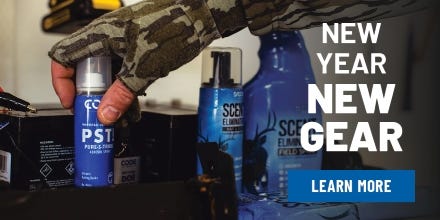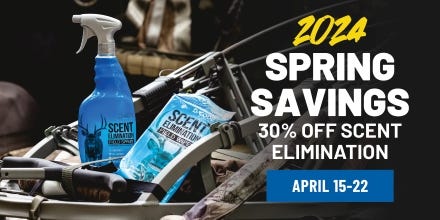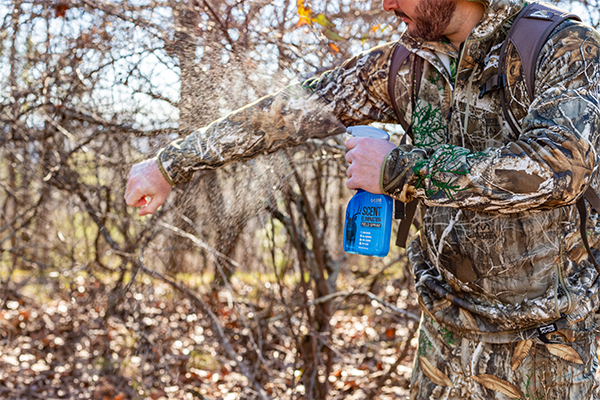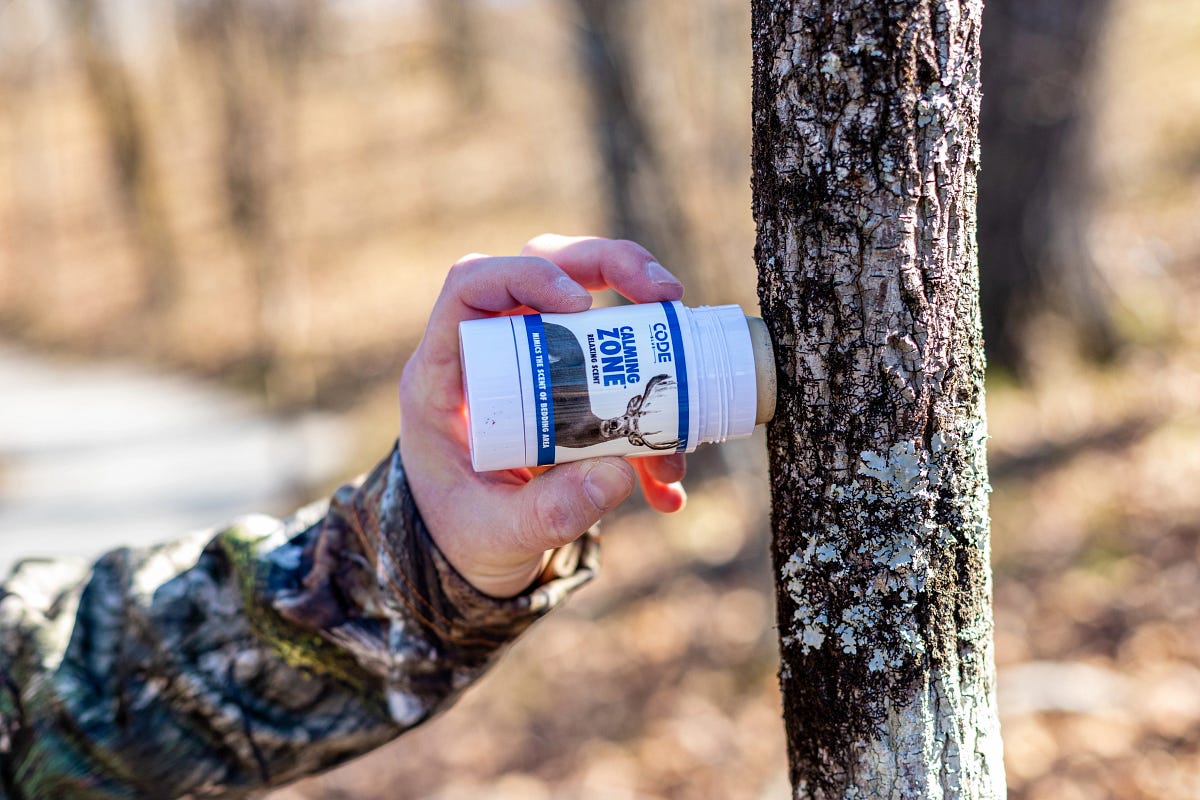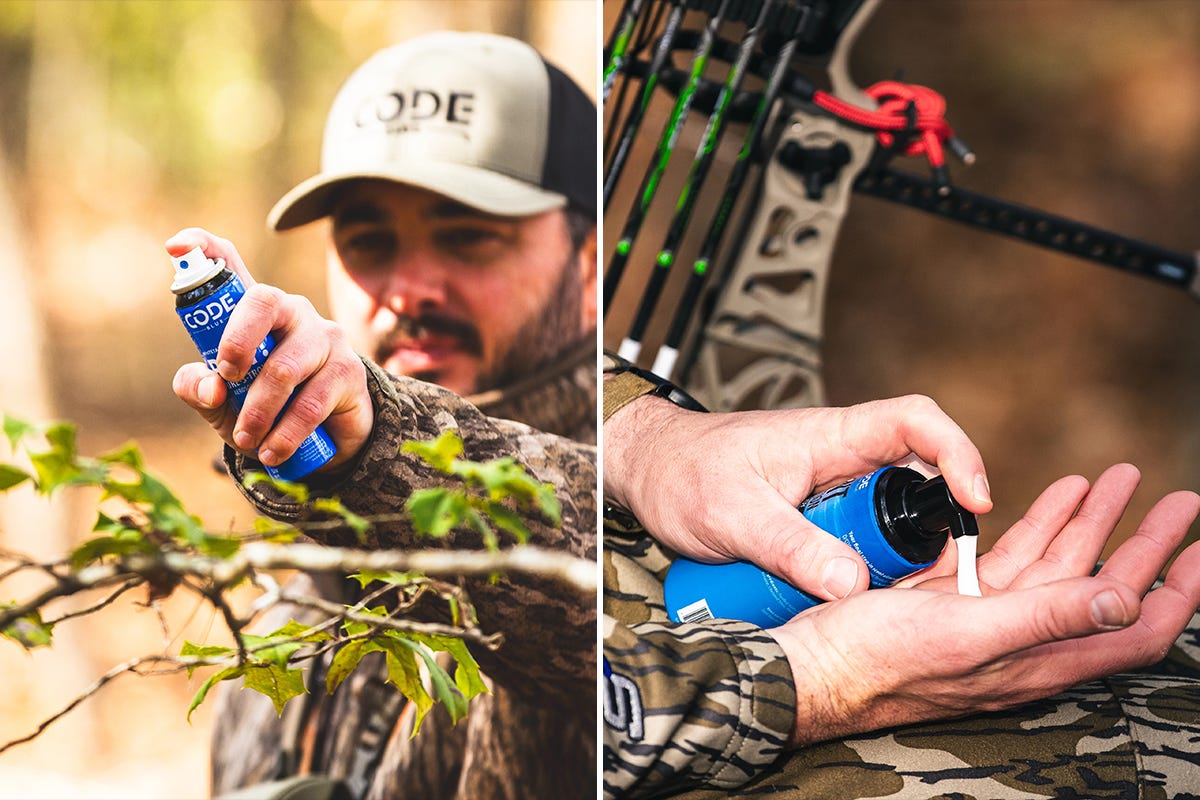- Sep 26, 2014
Early Season Scouting Tips
Despite the unpredictability of the pre-rut, which falls sometime during the last weeks of October or into early November throughout much of the country, many hunters agree that it’s a great time to hunt whitetails. Travis Creekbaum, host of “The Chase” with Leigh and Travis, affirms that there’s a broad range for the pre-rut, dependent upon many different circumstances, but he also offers some well-tested tips for buck-hunting success.
“In the pre-rut, bucks are ready to go,” he said. “They’re starting to bust up their bachelor groups and get territorial; the velvet comes off, and horns harden. They develop a pecking order and start rubbing on trees. Of course, it’s a misnomer to assume that the size of the tree tells you the size of the deer. Big bucks rub big and small trees, and small bucks rub big and small trees, too. For guessing their size, you can check how high the rub is, and you can often estimate how long the tines are based on what’s past the tree. For instance, if the deer is hitting brush eight or nine inches past the tree, then it’s probably a big deer.”
While bucks are always “ready for the party,” does will be in estrus when it’s their time. But there are some natural hints. According to Creekbaum, “if you see a button buck fawn by itself, somewhere nearby, there’s probably a doe in heat.” To discover if any lone fawns are in your area, he suggests setting trail cameras on food sources.
Too many hunters fail to understand the science behind deer scents, and as a result will use scents at an improper time, signaling to deer in the area that there’s something wrong.
For that reason, Creekbaum recommends using buck urine in front of the camera rather than doe estrous.
“In the pre-rut, it’s too early for doe estrus. If a doe smells that, it will spook her, and she’ll leave. You want to keep her there, so use buck urine instead; it simply sends a signal that another buck is in the area.”
In addition to food sources, scrapes are also effective locations for digital cameras. Set up at a big, active scrape where bucks will hit and check back for does… or for other bucks.
“At this time of the rut, the bucks are thinking, ‘Here’s my smell. If I find you here, we have a problem,’”Creekbaum said. “Bucks argue fiercely over territory during the pre-rut.”
For the best chances of spotting a monster buck, be extra careful about scent.
“Even during the rut, the bucks are pretty smart. So, spray the camera with scent elimination spray, and use black flash cameras. I’ve seen too many big bucks leave an area if a camera glows or makes sound.
If you capture photos of an older, mature buck, Creekbaum suggests hunting that area for the next four to five days. But with regard to age, he also mentions that “The Chase” doesn’t like to shoot 3- to 4-year olds.
“They don’t fight fairly, and they’re too energetic.” he said. “So look for the big, mature buck. This guy won’t chase a female. He’ll strategically lead her into the thickest parts to keep her away from younger bucks. He’ll own that area and won’t leave that doe… and you’ll have the perfect chase.”
Check out more PRADCO Outdoor Brands including a full line of Moultrie Cellular Trail Cameras and Summit Stands.

